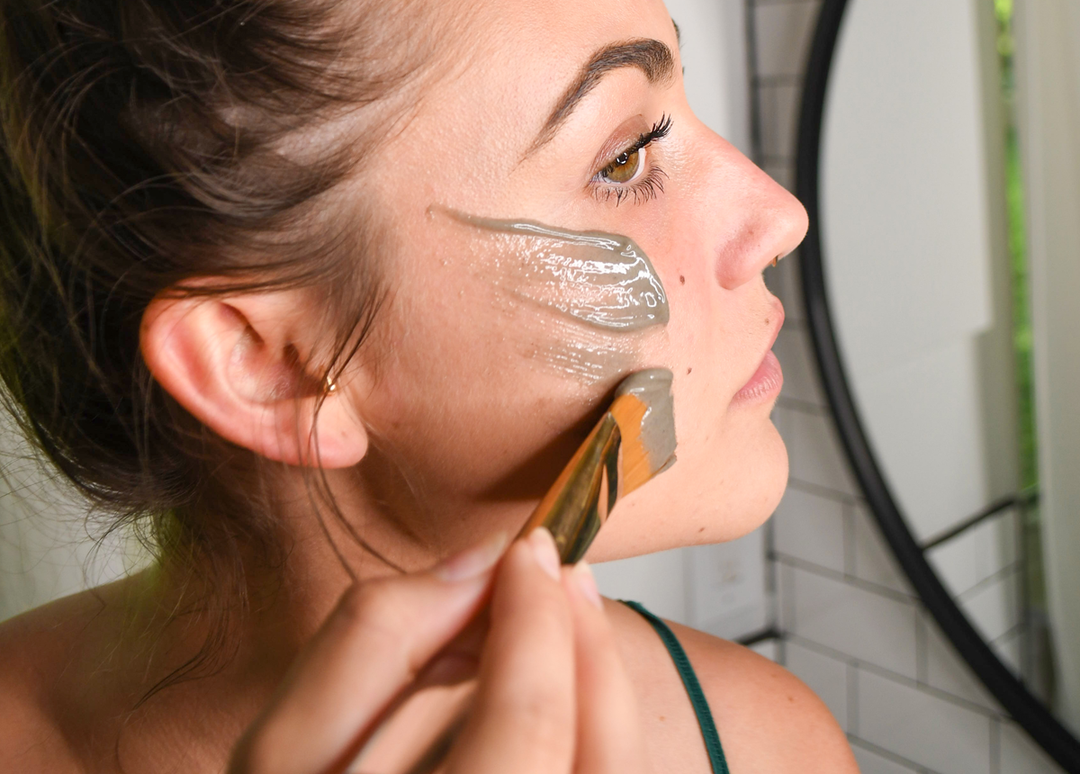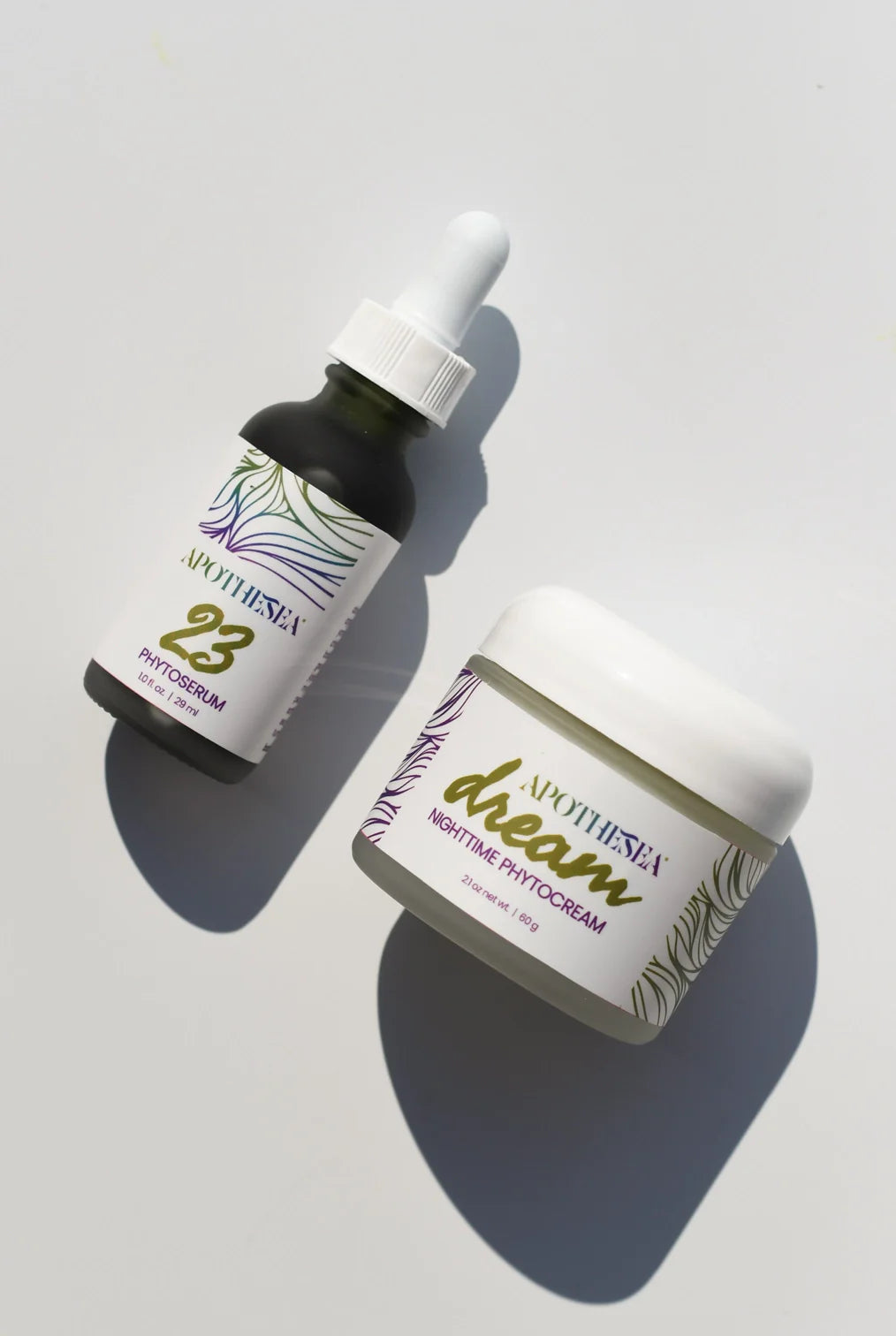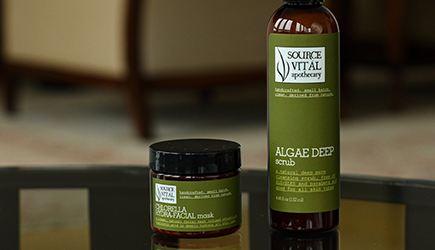The Best List of Shaving Tips You’ll Ever Read
As men, shaving takes it’s toll on our skin. Yes, everyone has that friend or family member who can just add a little water, shave without a razor, and be on their merry way. So infuriating! For most, however, It’s no where close to that easy. Plus, everybody seems to have their own way of doing it or has an “old wives' tale” (I have one!) about the best way to get the closest shave or how to avoid pesky ingrown hairs.
When it’s all said and done, like anything else, there’s some basic best practices for shaving that you should stick to in order to achieve the best health for your skin and avoid common troubles. From the products you apply to what you do with your razor afterwards, we have you covered with these helpful shaving tips that we’ve accumulated over the years.
Products and Prep
Healthy skin through shaving starts well before the razor hits your face. It starts with your decisions on products and getting prepped.
- By now, hopefully you’ve been shaving for a while. Take note of what products haven’t worked for you. If you’re still getting inflammation, razor burn, or ingrown hairs, it could be the razor you’re using (more on that below) or it could be the products you’re applying to your skin. Do those products have common ingredients? If so, it’s time to try something new – that could be part of your problem. We obviously recommend switching to a set of products that are organic and naturally-derived. Skip the big lather shaving foams – they do nothing for you. It might look cool in the mirror, but’s it not helping your skin and they certainly don’t help you get a better or closer shave. The ingredients added to make that foamy lather can be toxic and irritating to your skin. Try a natural non-foaming shaving cream or lotion.
- One of the best shaving tips you’ll receive is to remember that it’s not about just slapping shaving cream on your face, run the razor down for a few swipes and you’re done. Shaving isn’t a single step routine. If you’re experiencing issues and skin problems, spend the time to create a routine that works for you. And yes, it most certainly will be a multi-step routine that will now include cleansing, exfoliation and post-shave treatments. Don’t forget to consider the products you’ll be using for those steps too. You’ll need a facial cleanser, a gentle face scrub, an after shave lotion, and if you have a beard., an oil specific to your beard goals.
- Trial and error different razors that work best for you. You’ll probably find that large, 14-blade mega razor doesn’t mean you get a better shave. In fact, it could be making it worse. We’ve seen numerous clients improve their shave simply by changing to a single or double-bladed disposable razor or a safety razor and away from the larger, overpriced razors that are crammed down your throat in every third commercial on TV. The important thing here is to be open to trying a few razors if what you’re using now isn’t working well.
Pre-Shave
You have your products. You have your razor. Now, let’s kick this new routine off with these pre-shaving tips.
- First, take a shower. Several important things here. Make sure to use warm to hot water. That will help soften your skin and open hair follicles while loosening up the skin. Use a facial skin cleanser to thoroughly to remove dirt, grime, and the rest of… whatever else is on your face. Yes, it’s okay to shave in the shower, too, just make sure you follow the same process below. It’s not an excuse to take shortcuts (and make sure you read our tip below about leaving your razor in the shower).
- We recommend that you exfoliate 2x or 3x a week with a natural face scrub. DO NOT USE A BODY SCRUB, as body scrubs do not always contain particles that are round. The skin on your face is more delicate than on your body and non-round particles can cause micro-cuts.
- OPTIONAL TIP: If you have sensitive skin and you commonly deal with razor burn and ingrown hairs, you might find it helpful to apply a Pre-Shave Oil. This oil could act as a lubricant and barrier between your skin and blade to ensure a smoother shave. (we recommend Source Vital’s Algae Serum)
- Make sure your razor is clean and sharp without any residue left between the blades from your previous shave.
Shaving
It’s game time! Follow these shaving tips to give yourself the best shot at reducing irritations, inflammation, ingrown hairs, and razor burn.
- Apply your shaving cream evenly and thoroughly across all areas of your face and neck that you’ll be shaving. Use your non-shave hand to apply the shaving cream.
- If you use a brush, apply the shaving cream in circular motions and upward motions so the brush can help lift the hair away from your face.
- Don’t wash the shaving cream from your hand (or brush) just yet. You can use what’s left to re-apply to sensitive areas as needed.
- This is perhaps the most important shaving tip in this list. Make sure to shave in the direction that the hair grows. Don’t take shortcuts here. It’s important in preventing bumps, ingrown hairs, and razor burn. Start at the upper portion of your face down to the bottom. Go from your ear down to your mouth.
- For your neck, do the opposite. start at the lower portion of your neck and shave upwards with the razor “upside down” moving toward your jawline and chin.
- Don’t forget to rinse your razor often. I mean, like, all the time. After every stroke, clean the razor.
- Don’t speed shave. It’s okay to take your time. Go slow with smooth and gentle movements.
- Apply a gentle, even pressure. Applying heavy pressure doesn’t equal a closer shave, it just increases the potential of cuts, nicks, or irritation.
- Keep the skin tight and taut. Turn your head and use your fingers to stretch and pull your skin to get that close shave. This is especially important when trying to reach those hard to get places, like the skin under your nose and above your mouth.
- Once you’re finished shaving with the grain, reapply the left over shaving cream on your hand or brush where you need a closer shave. This is often around the jawlines, Adam’s apple/neck curve area, and around the chin. Very gently shave against the grain.
Post Shave
Whew! You got through it. But you’re not done just yet. These post-shave tips elevate your shave and skin care game.
- Thoroughly remove any access shaving cream. You don’t want any dried residue to linger on your face or your clothes. Not a good look at the office. Remember, we stay well-groomed around here and you’re not a slob. Do so by splashing cool water on your face until it’s gone. The cool water will help close your pores and reduce inflammation. “Blot” (don’t wipe) your skin “semi-dry” with a clean bath towel.
- Apply your natural after shave moisturizer, preferably a lotion or balm (without a high alcohol content). Preferably, your after shave is strong enough to act as a complete face and neck moisturizer, too. Don’t forget your hard to reach crevices like where your nostrils meet your cheeks.
- If you have a thicker beard, you should consider using a beard oil that specifically meets your skin care and whisker requirements. If you’re experiencing “beardruff” and flaky skin under your beard, select a beard oil designed and formulated to target that issue.
- To prolong the life of your razor and blade, make sure it’s completely clean and dry (careful not to cut yourself). Don’t leave your razor in the shower or keep it by the sink. Keep your razor somewhere it will stay dry to prevent bacteria from growing on it.
- Apply an natural SPF lotion. It’s good for your skin anyway, but keep in mind that shaving removes skin cells that make your face more vulnerable if exposed to the sun.
Special Shaving Considerations
Just a few bonus shaving tips and considerations in case you need them.
- If you’re continuing to go to work (or where ever) with irritation after you shave in the morning. Try shaving at night instead. That gives your skin some rehab time before you head out.
- Acne is a problem for some men. It’s an even bigger problem when you have to shave, as it just makes matters even worse. It’s even more crucial that you shave gently if you experience acne. Generally, razors with fewer blades will work better and give you more control around blemishes. Do not try and “shave off” your acne. Please don’t do that.
- So… water temperature while shaving? Most people will tell you to use warm to hot water while shaving and then clean/splash your face with cool water. Here’s where my “old wives' tale” comes in. Decades ago now, a father of a friend told me (after seeing my razor burn and ingrown hairs) to shave using water temperature that matched the temperature outside. If it was hot outside, use hot water. If it’s cold outside, use cold water. What? Seriously? I tried it and it’s worked for me for years ~ since I was in my early 20s and it changed how my skin reacted from shaving. Will it work for you? I have no idea. My main point is to try different water temperatures to see what works for you and see how your skin reacts. Everyone’s skin is different, thus no one’s skin reacts the same way to different stimuli. If you’re stuck in some old routine that isn’t working, get out of it. Try something new. What do you have to lose?
What did we miss? Leave us some of your tips or some of your own “Old Shaving Wives' Tales”.








Leave a comment